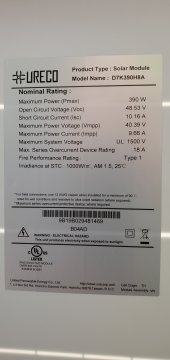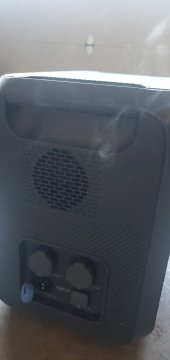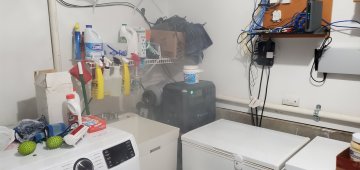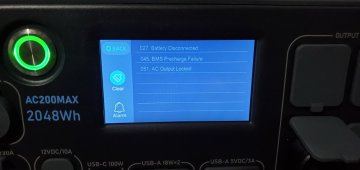No my mistake as far as I can tell.
Went in to move power from a small freezer over to the ac200max and the ac200max started smoking.
No fan came on it just started smoking. A significant amount that it looked like it was going into melt down.
The freezer draws 750w max on startup and 70w after. I have run it off the 200max for 5 days straight without issue.
Needless to say its sitting in the garage right now and I'm airing out the house when its 4F outside.
Bluetti has received and email from me and a phone call that I had to leave a message for them to get back to me... Playing the waiting game now.
Nothing like spending $2100 on an item and it self-destructs 15 days later...
Running 2 of these solar panels in series so I'm well under what the ac200max can accept for solar input.




Went in to move power from a small freezer over to the ac200max and the ac200max started smoking.
No fan came on it just started smoking. A significant amount that it looked like it was going into melt down.
The freezer draws 750w max on startup and 70w after. I have run it off the 200max for 5 days straight without issue.
Needless to say its sitting in the garage right now and I'm airing out the house when its 4F outside.
Bluetti has received and email from me and a phone call that I had to leave a message for them to get back to me... Playing the waiting game now.
Nothing like spending $2100 on an item and it self-destructs 15 days later...
Running 2 of these solar panels in series so I'm well under what the ac200max can accept for solar input.






